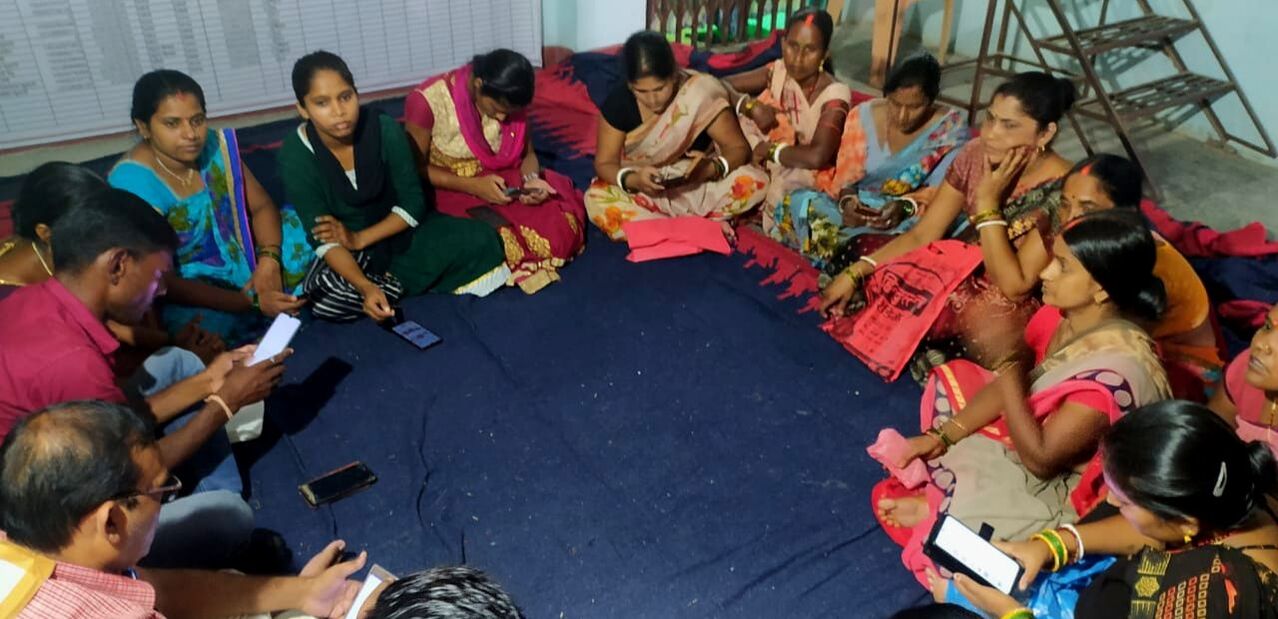|
Across the vibrant tapestry of India, millions of individuals weave their dreams with threads of ambition and struggle. But for many, particularly in rural and marginalized communities, accessibility to resources meets various roadblocks. Resources can be scarce, with lack of finances being a major hurdle. Big banks and conventional loans feel like a distant world for many, leaving their ambitions trapped in a dystopian reality. Where conventional methods of financial services are out of reach for majority, microfinance becomes the savior of these economically disadvantaged groups.
Microfinance is a category of financial services catered to the disadvantaged groups not having access to conventional banking and related services. It strives to allow individuals to experience greater financial freedom to improve their financial situation. This takes the form of microcredit, savings facilities, and microinsurance offerings, with fewer technical requirements than those demanded by banks and other financial institutions. Microfinance also prevents the financial exploitation of poor people in need by informal sources such as moneylenders, landlords, etc. With its booming economy, India now faces a chronic inequality in financial strength per capita, with almost 300 million people live below the poverty line, translating to an estimated annual credit demand of Rs. 60,000 crores representing roughly 75 million households. Financial exclusion casts a long shadow over most poor households, forcing them to navigate the traps of informal credit in rural areas. But through the tireless efforts of NGOs and self-help groups, a brighter future is being built, one household at a time. The concept of self-help groups (SHGs) is, by definition, women-centric and majority of self-help groups are composed of women from rural communities who form a sustainable system of microcredit built upon their own savings. The origin of SHGs can be traced back to 1972, with the establishment of the Self-Employed Women's Association (SEWA), which has grown into a vast network of nearly 12 million SHGs across the nation. These sustainable groups not only help these women in times of financial emergency, they also empower them and create a sense of self-reliability and financial independence. However, they face some significant challenges such as lack of adequate funds, legal matters, collaboration with local banks and financial institutions and developing a robust system of cash inflow and outflow. This is where the role of NGOs comes into play. An approximate of 18163 NGOs work in collaboration with SHGs, with some NGOs helping the SHGs to properly regulate their finances and other legalities, while others collaborate with the SHGs to help them meet certain requirements such as access to quality education, sanitation facilities, etc. Some notable NGOs that work for the upliftment of economically disadvantaged groups by forming SHGs or other methods are listed below. Self-Employed Women's Association (SEWA) Starting in 1972 with Ela Bhatt's vision, SEWA has blossomed into India's largest women's organization. From training and empowering 1.9 million members across three countries to forging a 50,000-strong artisan supply chain and women-led trade center, SEWA is proof that economic empowerment for women knows no borders. Gram Vikas Trust Since 2001, Gram Vikas Trust (GVT) has stood resolutely with vulnerable communities navigating challenging socio-political landscapes. From championing child rights and education to promoting health & hygiene, sustainable livelihoods, and women's empowerment, GVT empowers individuals to resist exploitation and carve their own paths to a dignified life. Universal Versatile Society (UVS) This dedicated NGO tackles critical issues like agriculture, environment, rural development, education, and women's empowerment, not just by serving communities, but by actively building bridges. They connect donors with impactful community-based projects, wielding their expertise to nurture sustainable development initiatives that transform lives. Professional Assistance for Development Action (PRADAN) PRADAN, with its vision of rural progress since 1983, tackles poverty in its deepest roots, empowering vulnerable communities, particularly tribal groups, through a three-pronged approach: weaving sustainable livelihoods, forging long-term partnerships with government and donors, and nurturing grassroots leadership by placing trained and empathetic individuals alongside women-led collectives. Navjivan Foundation Based in New Delhi, Navjivan foundation strongly believes that actual empowerment can start by being self reliant and independent. Since 2003, the organization has recognized its vital role, prioritizing women's empowerment through dedicated programs. This translates into thriving Self-Help Groups, all connected to the Foundation, where dedicated members not only fulfill their responsibilities but also actively engage in social service. They inspire others to join, while pooling resources like funds and clothes to donate through community camps. At Turn the Bus, we work closely with the “Didis” of Jeevika, a project initiated by the Government of Bihar to alleviate poverty in the state and provide innovative models for sustainable and improved livelihood opportunities to rural households. With the intervention of microfinance, the members of SHGs created under Jeevika have raised as much as $80 million by 2015 and are now looking to meet ambitions beyond the basic necessities, in the form of providing quality education to their progeny. We partner with these remarkable women, harnessing the transformative power of digital learning. Our recent enrollment drive saw an enrollment of 180,000 students from rural Bihar in a span of one month. This isn't just a number; it's a wave of hope, a testament to the power of collaboration when dreams meet opportunity.
0 Comments
Leave a Reply. |
Archives
March 2024
Categories |
21213 SE 42nd Pl.
Issaquah WA 98029
Issaquah WA 98029
Turn the Bus is a registered 501 (c) (3) US nonprofit organization.
© Turn the Bus. All rights reserved.
© Turn the Bus. All rights reserved.


 RSS Feed
RSS Feed
